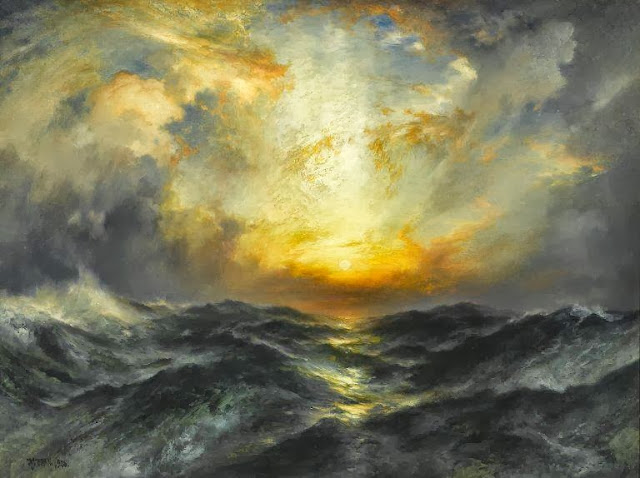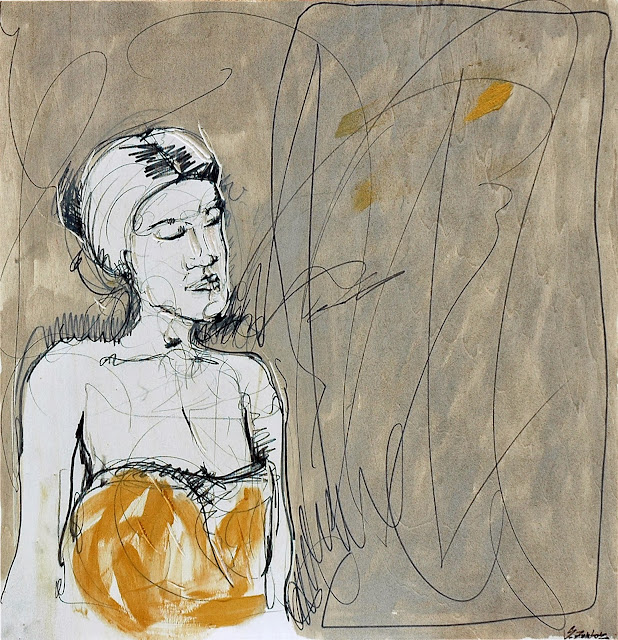La Grande Magia è il titolo della mostra che dal 20 ottobre 2013 al 16 febbraio 2014 occuperà le sale del Museo d’Arte Moderna di Bologna (MAMbo).
The Great Magic is the title of the exhibition from 20 October 2013 to 16 February 2014 will occupy the halls of the Museum of Modern Art of Bologna (Mambo).
 |
| Giuseppe Penone, “Geometria nelle mani”, Edizione 1/1, 2004 |
93 opere scelte dalla Collezione UniCredit, che conserva una tra le maggiori collezioni d’Europa.
La mostra, a cura di Gianfranco Maraniello (Direttore del MAMbo), Walter Guadagnini, e in collaborazione con Bärbel Kopplin, ruota intorno all’idea guida della magia come “trama” che ricorre nella storia dell’arte. Magia intesa come forza simbolica di un sapere non scientifico che interviene sul mondo tangibile, magia quale forma di seduzione per lo sguardo. Si tratta di una ricerca, all’interno del percorso dell’arte occidentale, di ciò che sfugge al razionale.
Otto le aree tematiche attraverso cui sono suddivise le opere: Il mago moderno e la pittura antica, Qualunque incanto è magia, La vertebra della balena, Ricettari, corpi e crogiuoli (1 e 2), Il linguaggio e le regole del gioco, L’officina di Pigmalione, Dodici lavatrici e la rottura dell’ordine, L’illusione della negromanzia.
Le opere sono straordinarie e la mostra è da non perdere.
93 works chosen from the UniCredit Collection, which houses one of the largest collections in Europe.
The exhibition, curated by Gianfranco Maraniello (Director of Mambo), Walter Guadagnini, and in collaboration with Bärbel Kopplin, guide revolves around the idea of magic as a “plot” that recurs in art history. Magic understood as symbolic power of a non-scientific know that intervenes in the tangible world, magic as a form of seduction for the eyes. It is a research, within the course of Western art, of what eludes rational.
Eight thematic areas through which the works are divided: Magician modern and ancient painting, whatever magic is magic, the vertebrae of the whale, Cookbooks, bodies and crucibles (1 and 2), The language and the rules of the game, L ‘workshop of Pygmalion, washing machines and the rupture of the Twelve, the illusion of necromancy.
The works are amazing and the show is not to be missed.
 |
|
Antonio Carneo, “Aracne tesse la tela (la cosiddetta Indovina)”, 1660, UniCredit Art Collection.
|
 |
| Fernand Léger, “Composition à la feuille” (“Composizione con foglia”), 1926 |
La Grande Magia. Opere scelte dalla Collezione UniCredit
MAMbo, Via Don Minzoni, 14 – Bologna
Orari
martedì, mercoledì e venerdì h 12.00 – 18.00
giovedì, sabato, domenica e festivi h 12.00 – 20.00
Chiuso il lunedì
http://www.mambo-bologna.org/






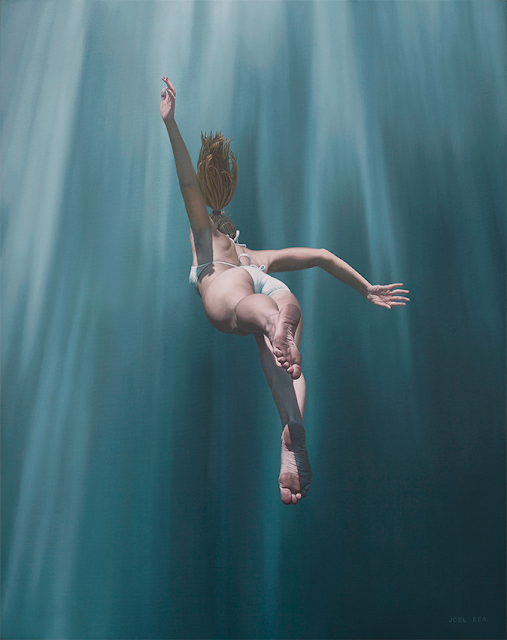


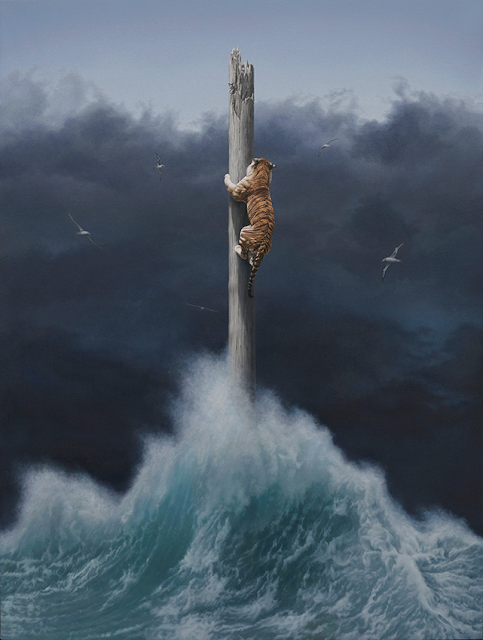




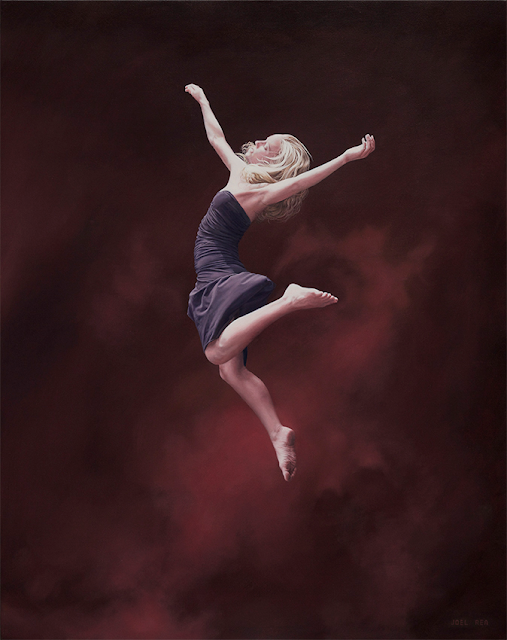

.jpg)

.jpg)
.jpg)
.jpg)

+-+Marseille.jpg)
.jpg)
.jpg)
